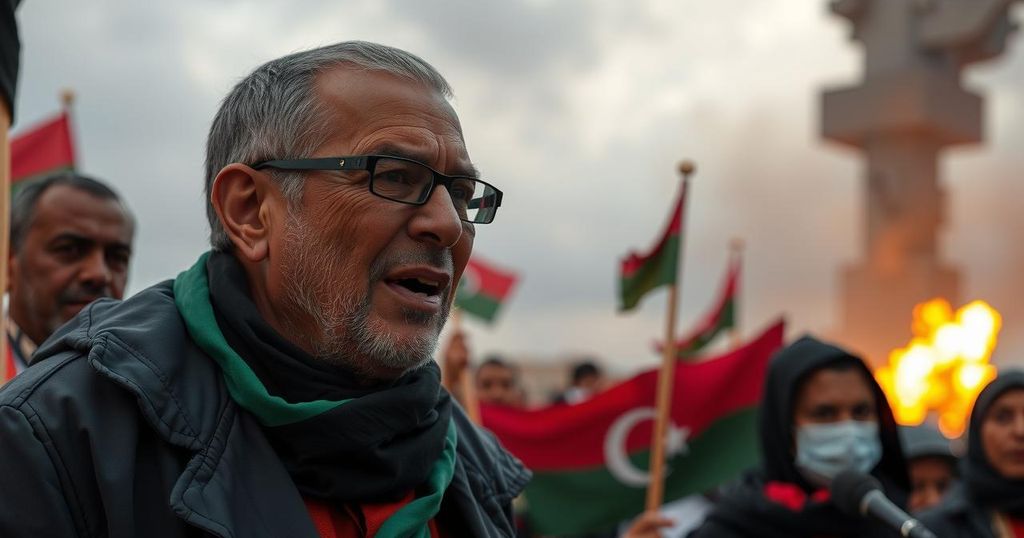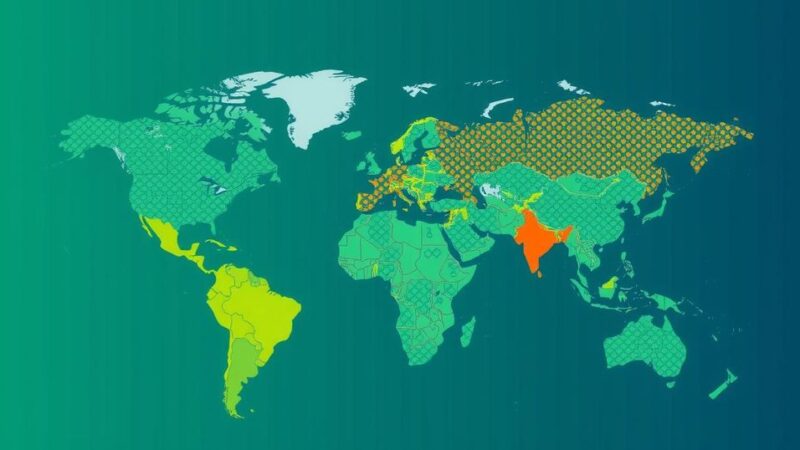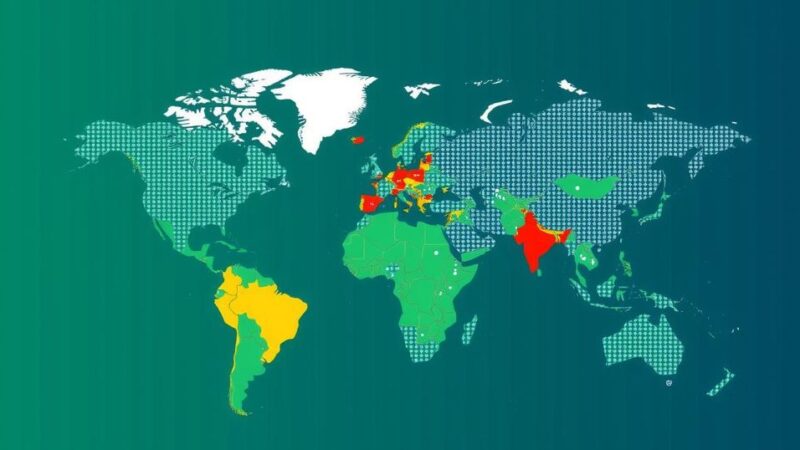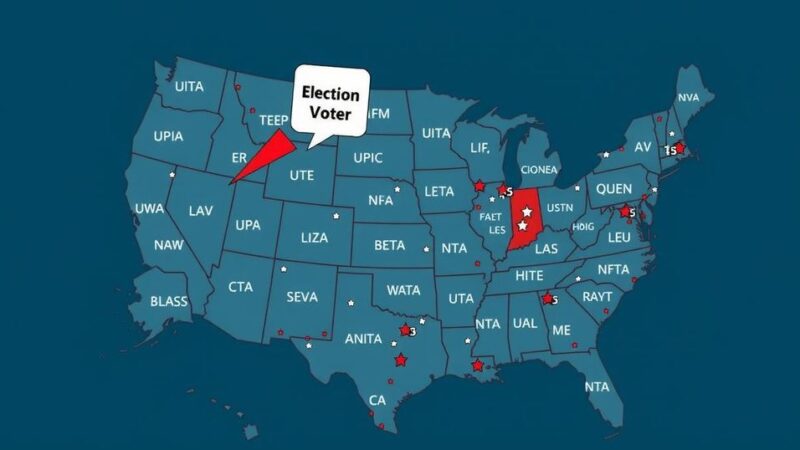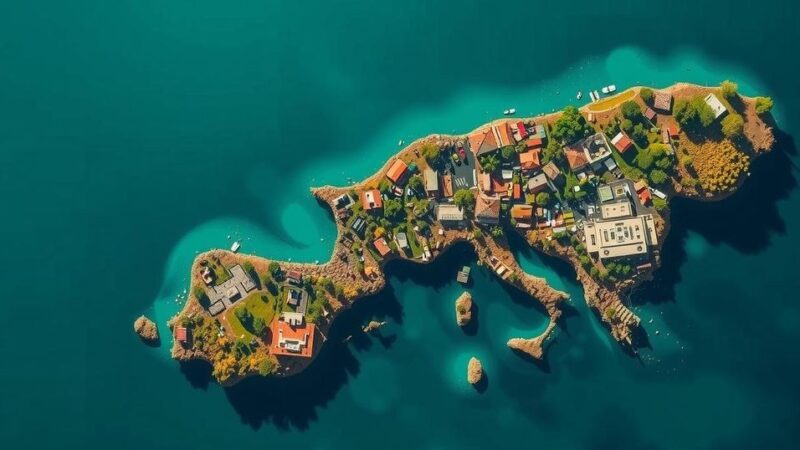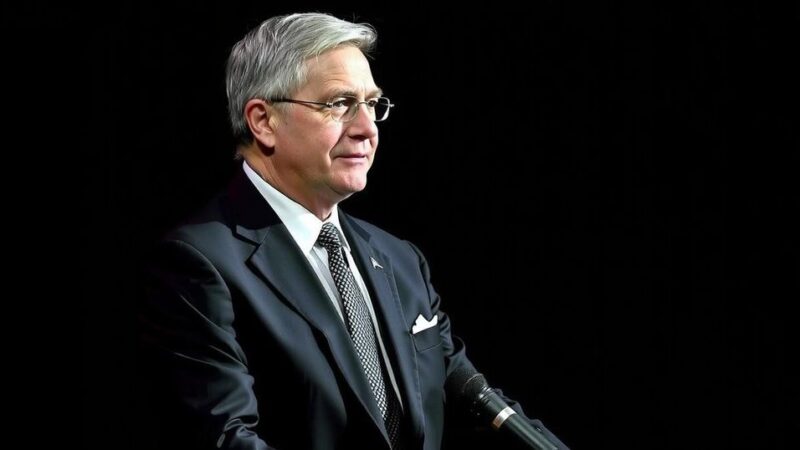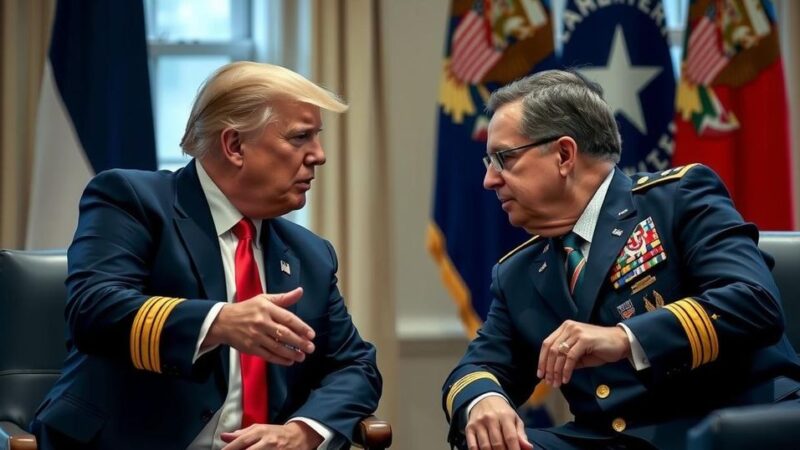Libya struggles with a delicate east-west political divide following the 2011 Arab Spring. As political factions compete for control of the central bank, which manages the nation’s oil wealth, tensions have escalated, threatening the fragile stability established after a 2020 cease-fire. The current government under Prime Minister Dbeiba governs western Libya, while a rival administration in the east, led by General Hifter, complicates national reconciliation efforts.
Libya continues to grapple with a precarious balance of power, characterized by a division between rival governments in the east and west of the country. Since the overthrow of dictator Moammar Gaddafi in 2011, the nation has experienced ongoing instability and conflict, culminating in a civil war that saw an uneasy cease-fire in 2020. Despite the cessation of hostilities, the situation remains unresolved, with political factions vying for control over critical resources, particularly the central bank, which administers Libya’s substantial oil wealth. Recently, tensions have escalated as a rift emerges regarding the leadership of the central bank. The national presidential council moved to remove Sadik al-Kabir from his position as bank head; however, he has refused to comply with this decree. Analysts regard this action as lacking legal standing. Nonetheless, this political maneuver has received the endorsement of the western government, which announced plans to replace the central bank’s board of directors imminently, thus intensifying the struggle for control over Libya’s financial resources. Under the current geopolitical landscape, the U.N.-recognized government, led by Prime Minister Abdul Hamid Dbeiba, exerts authority primarily over western Libya. In contrast, the eastern territory is governed by General Khalifa Hifter—a prominent military figure. While a cease-fire between their factions has potentially staved off immediate violence, the underlying political compromises, primarily revolving around the distribution of oil revenues, have not provided substantial relief to the civilian population. This fragile peace is further threatened by ongoing disputes over governance, especially following the failure to hold nationwide elections which were intended to unify the country.
The backdrop to these developments is Libya’s fragmented political system, which has persisted since the 2011 uprisings. Following the civil unrest and Gaddafi’s ousting, Libya has been unable to establish a stable governance structure, leading to a protracted stalemate characterized by conflicting allegiances and continued rivalries. The Turkish-backed government of Dbeiba in the west faces opposition from Hifter’s eastern administration, exacerbating the divisive political climate. The central bank plays a crucial role as it controls the financial resources generated from oil, making it a central point in the power struggles among Libya’s political elites. Furthermore, the failure to conduct elections has perpetuated the existing power vacuum, complicating the path toward a unified governance framework.
In conclusion, the political landscape in Libya remains fraught with tension, primarily due to power dynamics surrounding the central bank and its control over oil revenues. The recent attempts by the presidential council to alter leadership within the bank signal a potential escalation in political strife, with implications for the already fragile peace. As rival factions continue to vie for dominance, the prospect of unifying governance appears increasingly uncertain, and the plight of the Libyan people remains unresolved amidst ongoing political maneuvering.
Original Source: www.nytimes.com
